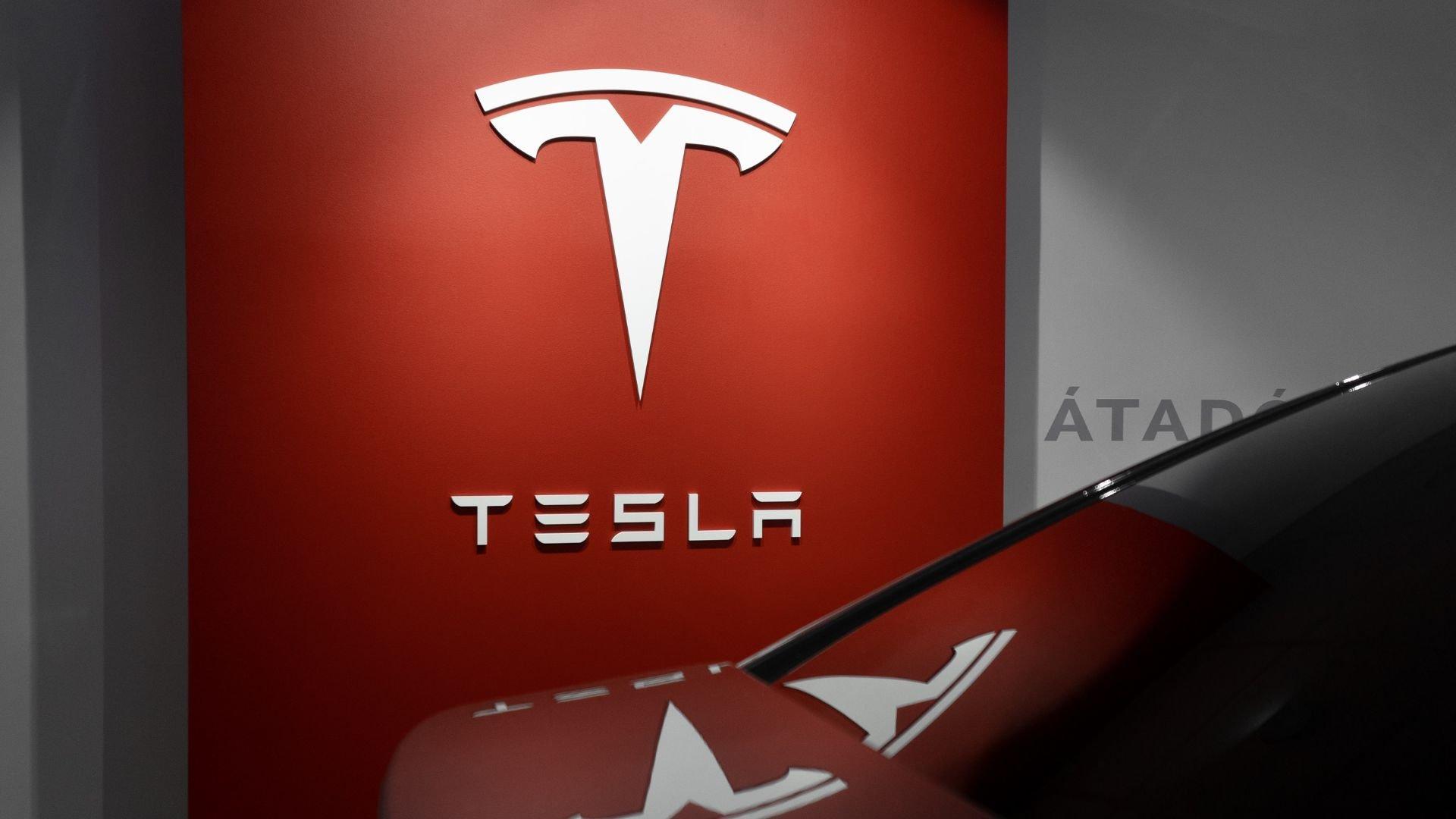Tesla has been in hot water as it undergoes massive layoffs and fails to make a profit after its unsuccessful Cybertruck launch.
Former international employees now reveal that the company laid them off after reviewing their work visas
Tesla Lays Off Many Foreign Workers

Highly qualified foreign workers in science, technology, engineering, and mathematics fields, rely on the H1B work visa stamp in their passports to work in the US each year.
Many workers at Tesla received this stamp but were still included in the company’s widespread layoffs, which cut 20 percent of the company’s workforce.
A Problem for International Workers

This became a problem for many foreign workers as they needed this job to stay in the US. Now, these international former Tesla employees will have 60 days to find a new job or leave the country.
One former employee, who uses the pseudonym, Raj, shared how the layoffs took place and how unemployment complicates matters for international workers.
Tesla’s Lay Off Frenzy

One of the leading reasons for the staggering drop in employees at Tesla comes from the company’s embrace of artificial intelligence and automation.
In 2024, this tech embrace has led to 80,000 employees getting laid off, according to tracking website Layoffs.fyi.
Elon Musk Is Going “Hardcore”

Tesla CEO Elon Musk has announced that he is going “hardcore” with the company’s staff reductions as it pivots to robotaxis and AI.
One of these hardcore layoffs includes eliminating the entire Supercharger team, which was successfully installing a majority of the EV charging stations across the US and the globe.
Questionable Methods of Firing Staff

It seems that Tesla’s methods of laying off staff have become a question of ethics. Some members of the Supercharge team discovered they were out of the job on Musk’s social media site, X.
Raj found out he was out after he couldn’t access his email. “I was in the office one morning in April when my email got blocked and I was like, what’s happening?” Raj said to InsideEVs.
Raj’s Shocking Discovery

Raj had heard of a similar situation happening with Microsoft and assumed that it was a technology glitch. “But then many of us got an email saying that the people unable to log in that day had been laid off,” Raj said.
“A bunch of people in my department and my shift were dismissed,” Raj added.
Raj Enters Unemployment

Raj had been with Tesla for about six years when he was blocked out of his email and dismissed from his job. It was his first job out of graduate school and became a source of reliance in his life.
While Raj did not know this was coming, some workers were tipped off by the Worker Adjustment and Retraining Notification (WARN) Act. Some Tesla workers told InsideEVs that they were being kept on payroll for two more months. It is unclear what the severance package looked like for other workers.
The Pressure on Tesla’s Remaining Staff

“There is so much work pressure on the other people taking care of production. Raj said, “The recent layoffs will affect the process teams, and some teams will be left without supervisors, so they will be wondering what’s going on.”
Problems Before the Layoffs

Even before the mass layoffs, Tesla workers were feeling overwhelmed and overworked with the amount they needed to take on.
“We just didn’t have enough people. Sometimes I worked six days to catch up with production,” he said. It was a “stressful” and “fast-paced work environment,” he added.
Finding Another Job Isn’t Easy

Finding another job in the US isn’t easy right now, especially for international workers. “Small companies don’t sponsor production manager roles. So these layoffs affect people like us,” he said.
Texas, where two of Tesla’s factories are located, currently has one of the nation’s worst unemployment rates despite its growing economy.
Raj’s Fear Is Growing

While foreign workers have high value in the US to fill gaps in the tech sector and add trillions of dollars to the US economy, layoffs have impacted these workers disproportionately.
H1B workers get a “grace period” of two months to find a job or leave the country. After two months, these workers risk deportation and a permanent ban from entering the US.

